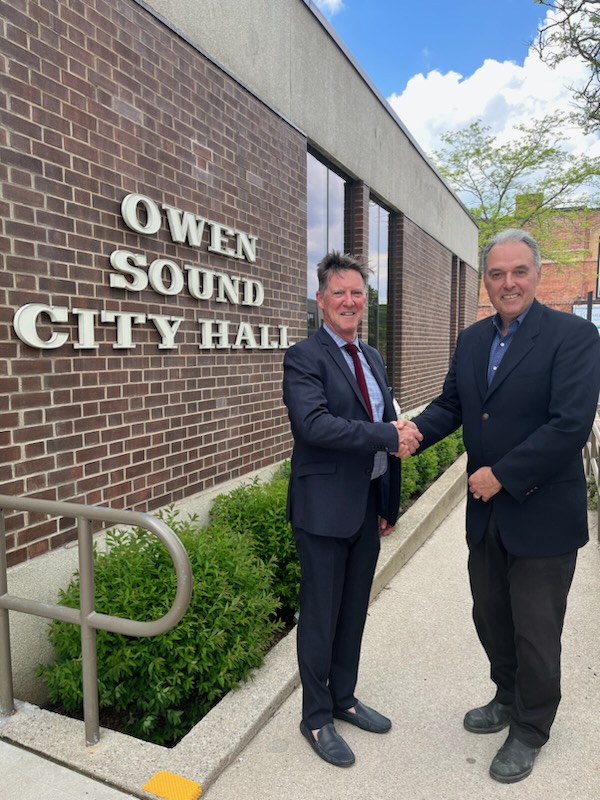
Last updated: Dec 17, 2025
OSTDF Awarded $93,000 in funding to local groups

Last updated: Oct 21, 2024
Funding will help create jobs and support economic growth

Last updated: Aug 06, 2024
Last updated: Jul 17, 2024

Last updated: Jun 26, 2024
Bruce-Grey-Owen Sound & Huron-Bruce hospitals to receive more than $2.7 million in funding

Last updated: Jun 11, 2024
Community Stakeholders to Have Their Say

Last updated: May 22, 2024
Owen Sound & Wiarton to receive funding for road reconstruction and rehabilitation

Last updated: Apr 26, 2024
Provincial gas tax funding will help operate and expand local public transit services

Last updated: Jan 26, 2024
The Leaders’ Forum: What to Expect for 2024?

Last updated: Jan 11, 2024
Province giving Owen Sound Police Services more resources to monitor and enforce bail compliance

Last updated: Apr 13, 2023
Province’s additional investment will help people at risk

Last updated: Apr 13, 2023
Investment providing supports in long-term care homes instead of hospitals

Last updated: Apr 13, 2023

Last updated: Apr 13, 2023
The Owen Sound & District Chamber is pleased to announce the partnership with the Federal Economic Development Agency for Southern Ontario

Last updated: Dec 07, 2022
Local Produce and Much More

Last updated: Dec 07, 2022
Relief Turns to Celebration

Last updated: Dec 07, 2022
A Conversation with Bluewater Lavender Farm

Last updated: Dec 07, 2022
Agriculture and agri-food businesses are alive and thriving in Grey County